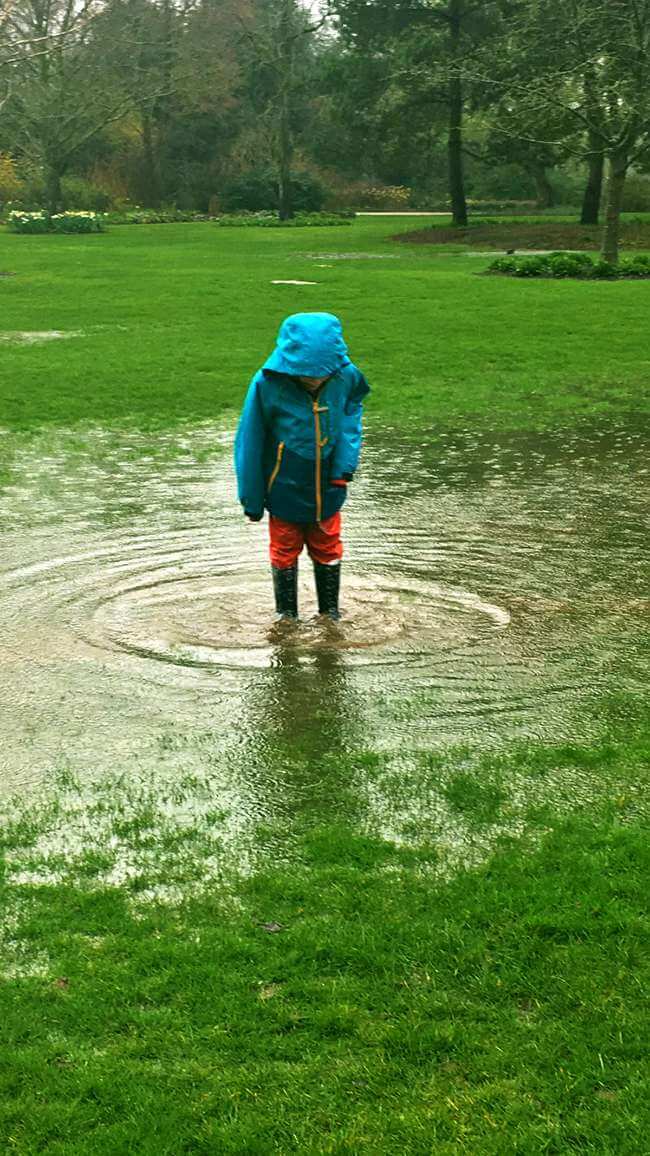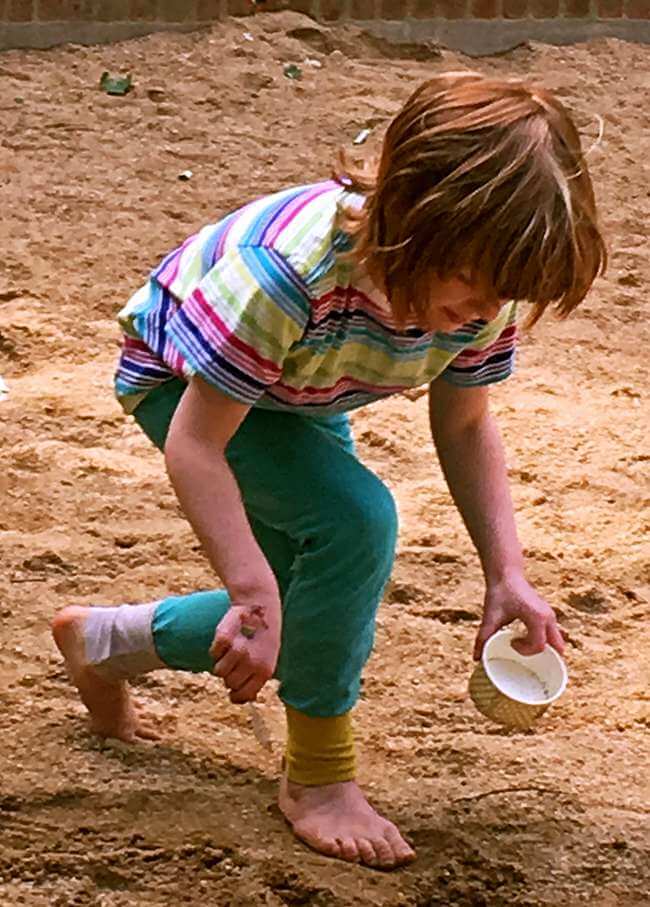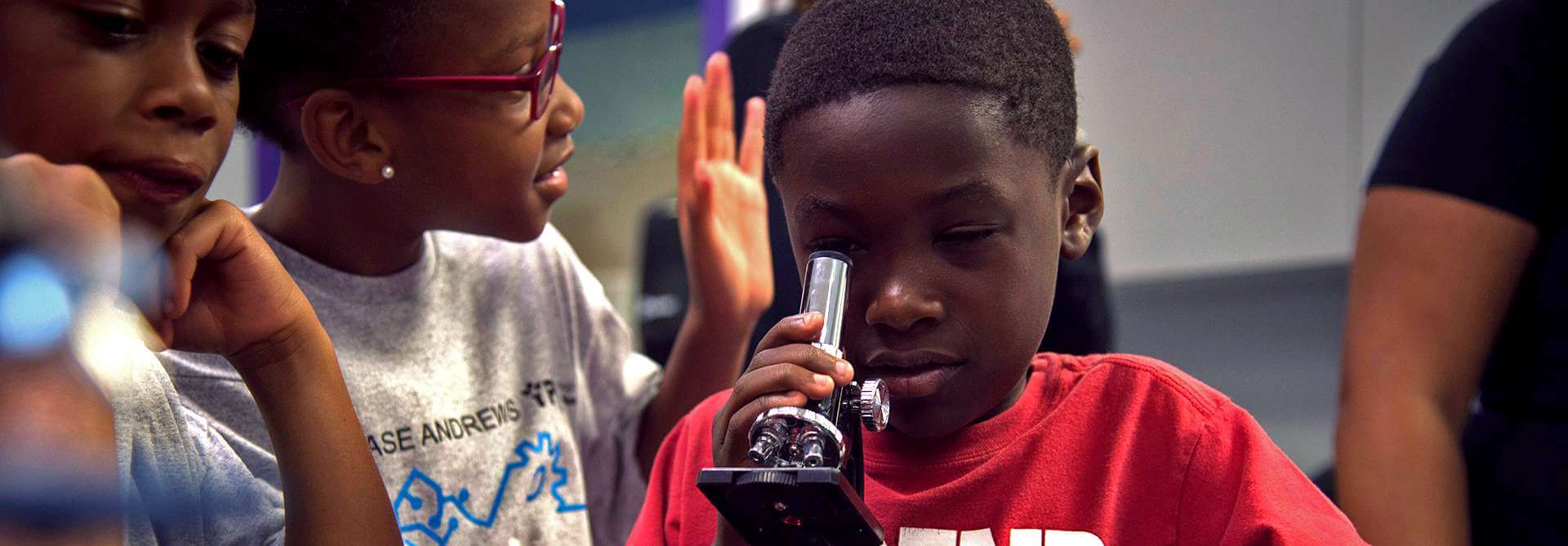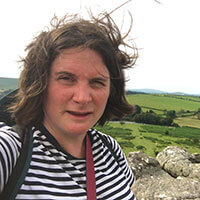I live in a research lab. Like all research labs, the nature of all that is going on is not immediately obvious to the untrained eye. However, spend a few hours with us and you’ll soon see the depth and breadth of the inquiry which is being carried out here.
In the room that some might think of as the bathroom, we have series of long term experiments. Bowls with various substances, including water, shampoo, mushed up soap and conditioner have been carefully monitored over a period of weeks, in order to see whether they continue to cool down after the initial rapid cooling period, whether any of them will freeze if left for long enough and what happens to them when the weather is hot or cold. These experiments were cruelly interrupted last week by an ill-informed lab assistant—me—who thought they had simply been abandoned after play. Weeks of work were destroyed and we have had to start again from scratch.
We have an ongoing study into the properties of liquids, gases and solids which happens at about 7pm most evenings in the bathtub. Last night one of our researchers made the exciting discovery that water holds a person up more than air, and she immediately started a series of experiments to test whether this holds true for other objects as well.

In the room with heating and cooling equipment, which in another life might have been the kitchen, we have more projects. In the freezer, we have pots of squashed raspberries, fruit juice and toilet paper, in order to see what happens when they get very cold. There are of course similar specimens in the fridge, and sometimes they get sneaked into the oven although those experiments have proved more hazardous due to the plastic nature of the pots. In the past, we had an exciting series of experiments into mixing various substances and heating to high temperatures, the results of which were sometimes almost edible. But mostly not.
In the rooms without running water or easy access to heat and cold, we are running experiments into various glues, including a study to see if glue sticks can be used as a gel if you melt them with hot water or squish them around enough. We also have an ongoing series of studies of the properties of toilet paper, which becomes something quite different when soaked for long enough in water, and which can then be moulded into various interesting shapes and dried out—but which never returns to its original form.
These are our current practical projects, but we also conduct research on other topics using secondary sources. Genetics are a source of ongoing interest, sparked because in our family we have one red-haired member when everyone else has brown hair. Weather, especially thunderstorms, are also regular themes of enquiry, which yesterday led to a discussion of the speed of light versus the speed of sound, and why both of these things have to travel. Individual differences come up regularly too, why one person likes something when another doesn’t, and why people react differently to different circumstances. And of course human biology (for example, why do our heads have hair and not our faces, why water doesn’t just fall through the gaps in our hair but stays on it making our hair wet, and why our two legs hold us up just fine when cats need four legs and the dog down the road needs two legs and two wheels at the back?).
My children are self-directed learners. They have never been taught science. I’m often asked whether I plan to provide laboratory equipment and how they are going to learn science without access to a real lab.

My answer is that we already have science going on in our house, and that what makes it real science is that it is led by a desire to know and to discover—not whether we use laboratory equipment or not. My daughter might not be the first person to observe that water supports her body more than air, but she noticed it for herself. No one pointed her in that direction, no one wrote a worksheet to introduce her to the key features of gases, liquids and solids; she is interested, she observes, she experiments, and she makes discoveries. All the time.
My experience was very different—and in many ways, I am a success of the school system. I have a doctorate in cognitive psychology, a degree in experimental psychology, two higher level qualifications in physics and chemistry. I have passed many science exams, written many lab reports. Yet so much of what I did was following instructions, and so little of what I did included any genuine enquiry. When I see my daughter, aged just 7, carefully filling her pots and placing them in the freezer, I see a real scientist at work, fascinated by the world around her and designing experiments to explore it in any way that she can. I wonder when I lost that, and why, despite all my scientific training, I feel that she is more of a scientist than me.
I have some hypotheses, starting with a memory of the scent of burning peanuts in our GCSE biology classroom. We had to light peanuts with a Bunsen burner, on the end of a skewer, and then use the burning peanut to heat water. We measured the temperature change in the water and by some process which escapes me now, worked out how many calories of energy the peanut had released by how warm the water had become. We painstakingly came to the conclusion that the peanut contained 5 calories.
Except according to our biology textbooks that was wrong. Actually a peanut contains about 11 calories. We’d lost 6 calories in the process of burning, measurement, who knows where? All that work, and our answer was out by a factor of two. We weren’t the only ones, everyone else in the class got similar answers.
Just as well that no one thought our answer actually meant anything, or that we were researching anything of value. No one even seemed surprised that we were so wrong, it happened every week, after all.
It’s hard to imagine a less scientific process than one of following instructions to answer a question that doesn’t interest you, observing your results, calculating the answer to the question—and then being told your answer is wrong and the one in the textbook is right. Week after week. Why bother with experiments, when the answers are already known, and yours will be wrong?
When I look back, I feel that when I was apparently being taught science at school, I was actually being trained out of my ability to explore questions and experiment freely. The ability which I see so clearly in my children, who have never been told that their investigations have to have a right answer.
Because as everyone knows, if you know the outcome in advance, it’s not a real experiment.
So long live science in our home. Long live the pots of mushy soap and the wads of toilet paper. Long live the disgusting cakes made with liquid Nurofen and cornflour. Long live genuine enquiry and exploration, and long live the self-directed learners who just want to know. They are the ones who will drive future research, who will search for answers and find the solutions to the problems of the future.
One thing we know for sure is that we can’t solve the world’s problems by following a list of instructions. So, let’s stop pretending that we’re teaching children science when we compel them to do so.
If you enjoyed this article and feel called to give back to ASDE, here are ways you can support our work:
- Donate money
- Share our content with others! Click one of the buttons above to easily share on Twitter, Facebook, or email.
- Consider becoming a Contributor for Tipping Points
Tipping Points Magazine amplifies the diverse voices within the Self-Directed Education movement. The views expressed in our content belong solely to the author(s). The Alliance for Self-Directed Education disclaims responsibility for any interpretation or application of the information provided. Engage in dialogue by reaching out to the author(s) directly.






